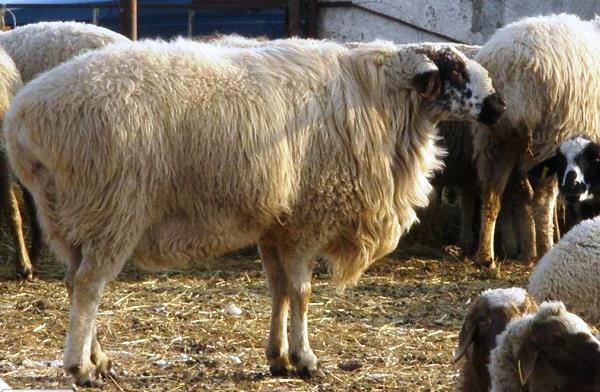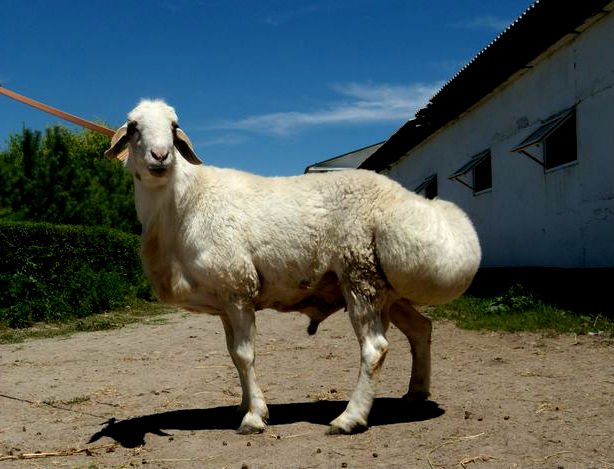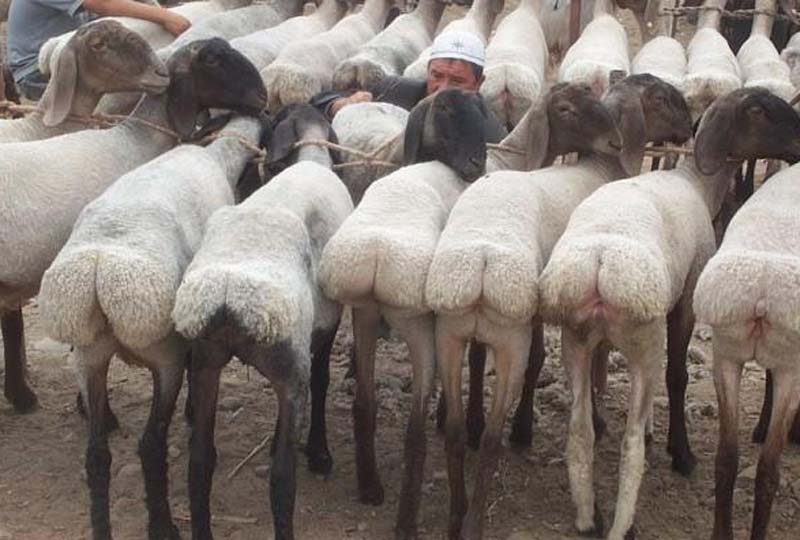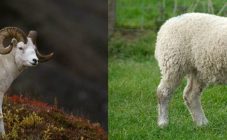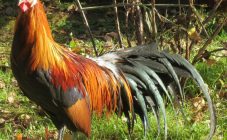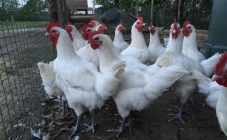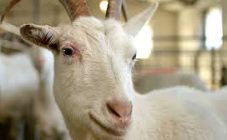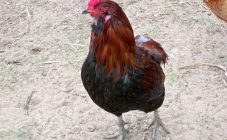Content:
It is distinguished by its unpretentiousness and undemandingness to climate and weather, it withstands various natural conditions well, has tasty and nutritious meat. The disadvantages include low-quality lamb wool and low fertility.
History of the breed
She was bred in Tajikistan. This was done on pastures far in the mountains with the use of folk selection. The special breed qualities of sheep are due to the original natural and climatic conditions of existence and a long life without mixing with various breeds.
On the territory of the Russian Federation, among the varieties, meat is the most popular. This is due to the fact that such fat is not widespread here.
Appearance and characteristics
It is believed that it is the Hissar rams that are the largest in the world. Their height at the withers is 85 cm.The depth of the sternum is 35 cm.
This breed is bred in Central Asia, as well as in the southern regions of Russia. Hissar sheep are needed for delicious meat and for obtaining lard.
The description of the breed gives the following information. These sheep have poor quality and coarse wool. The male usually weighs 140 kg, the female 90 kg. Body structure, strong constitution. The chest of this breed of sheep is powerful and wide, while slightly pushed forward. There is a short tail, the length of which does not exceed 9 cm.
The sheep's head is large and massive. The rams have small horns. The Hissar sheep do not have them.
Fat accumulates in the fat tail attached to the sacral bones. Its amount can be up to 20 kg. Its role is that it is a supply of nutrients for survival in adverse conditions.
Sheep and rams are usually brown in color. At the same time, differences in color may be different. However, in the Hissar breed, color does not play an important role. Since sheep's wool is of low quality, it is not cut commercially and is irrelevant to sheep breeding.
Hissar rams are able to easily adapt to new conditions. In particular, the sheep of the Hissar breed can cover long distances between summer and winter pastures without loss. In these cases, the distance can be up to 500 km.
Productivity
This breed has its constituent varieties:
- meat;
- greasy;
- meat and greasy.
Hissar sheep have differences in size, physique, and location of the fat tail.
In meat-greasy sheep, the fat tail is large and tucked up almost to the level of the back. For beef sheep, the situation is different: the fat tail is much smaller in size and almost does not stand out externally.
A fat tail in greasy sheep, when carrying out special feeding, can measure up to a third of their body.
Slaughter of young rams is done in the third or fourth months of their life, while the weight reaches 48-50 kg. This lamb is known for its delicious taste and high nutritional value.
Gissar sheep have a high milk yield.In the event that the lamb is transferred to artificial feeding, they are capable of giving up to two and a half liters of milk every day in one day.
The characteristics of the Hissar breed of sheep indicate that their wool is of poor quality. It has a relatively high content of defective hair. Within one year, no more than two kilograms of wool can be cut from one lamb. Since the quality is low, it is used only for the production of rough felt, as well as felt.
Content
It is believed that the wool of these sheep is almost impossible to sell. However, despite this circumstance, the haircut must be done twice a year.
This is done not only because old wool contributes to the appearance of parasites, but also due to the fact that its presence causes significant inconvenience to sheep.
To combat parasites, a special treatment is carried out using a disinfecting shampoo and special drops. The procedures are carried out for the whole herd at the same time. The sheep are then moved to a new pasture.
Usually, regardless of the specific species, sheep are kept the same. From spring to autumn, they are kept in summer pastures. With the onset of winter cold, the sheep are driven to alpine meadows, where there is no snow.
They tolerate both high and low temperatures well. Showers are also not afraid of them. One of the features of this breed of rams is that they are able to dry quickly, no matter how much rain falls before.
Sheep love to graze in the fields, in dry places. They are bad for wetlands and for any manifestations of high humidity.
Such tolerance to almost any weather is due to the fact that sheep have thick wool, which can serve as reliable protection from bad weather.
Their breeding requires the presence of large pastures. Where such conditions cannot be provided (for example, in a forest zone), the Hissar breed is not used.
The diet
If the lamb is less than six months old, they are fed daily as follows:
- half a kilogram of hay;
- 4 g salt;
- 150 g oil cake;
- 300 g of compound feed;
- 0.5 kg of chopped fresh vegetables.
Starting from six months, you can add 300 g of crushed grain.
Breeding
Sheep and sheep in the flock are grazed together. The offspring can be obtained throughout the entire year.
Currently, not only pure-bred sheep of the Hissar breed are used, but work is also underway on their crossing in order to improve their characteristics.
One male usually needs about fifteen females in one day.
Bearing lasts for 145 days.
There is very little hassle when breeding sheep of this breed. However, to get healthy sheep, it is necessary to vaccinate, shear the animals and do other work related to their maintenance.
Lamb in Hissar sheep
Hissar lambs develop very quickly. On the second day, newborns can graze, eating grass in the pastures. During the first two months of life, the daily weight gain of a lamb can reach 600 g per day.
Fertility in this breed of sheep is low. It is no more than 115%. At the same time, the birth of three or more lambs is quite rare.
The gestation period is 145 days. Lambs are born no more than once a year.
The Gissar breed of sheep is unpretentious and needs almost no special care. At the same time, sheep provide quality meat, milk and lard.
